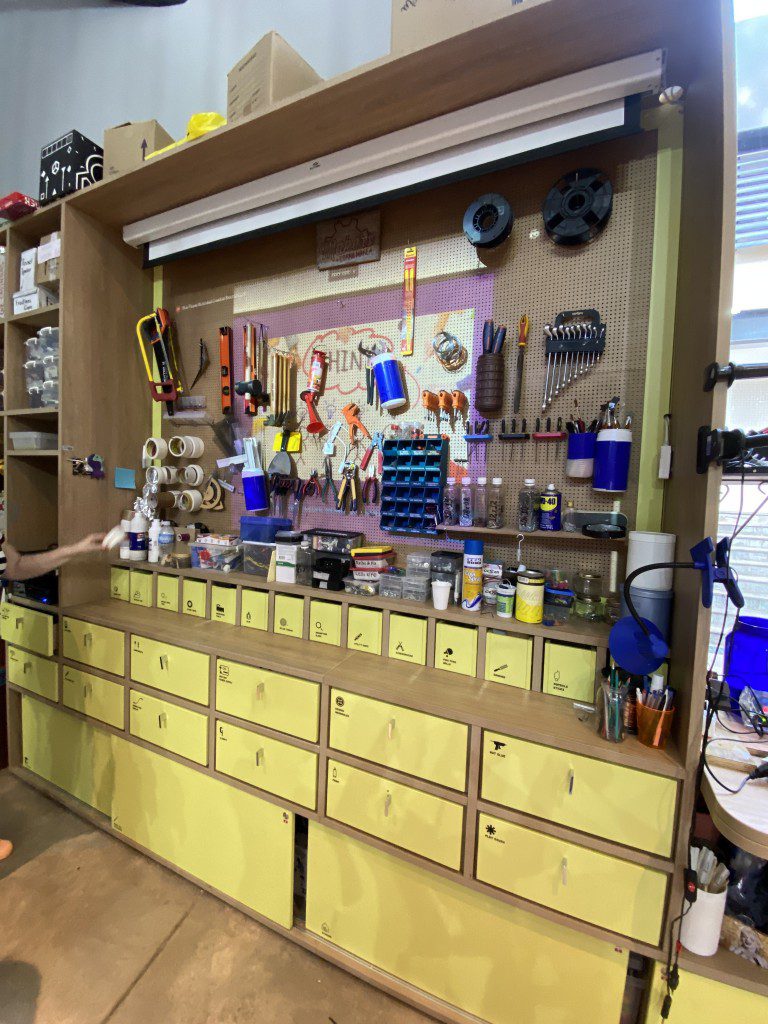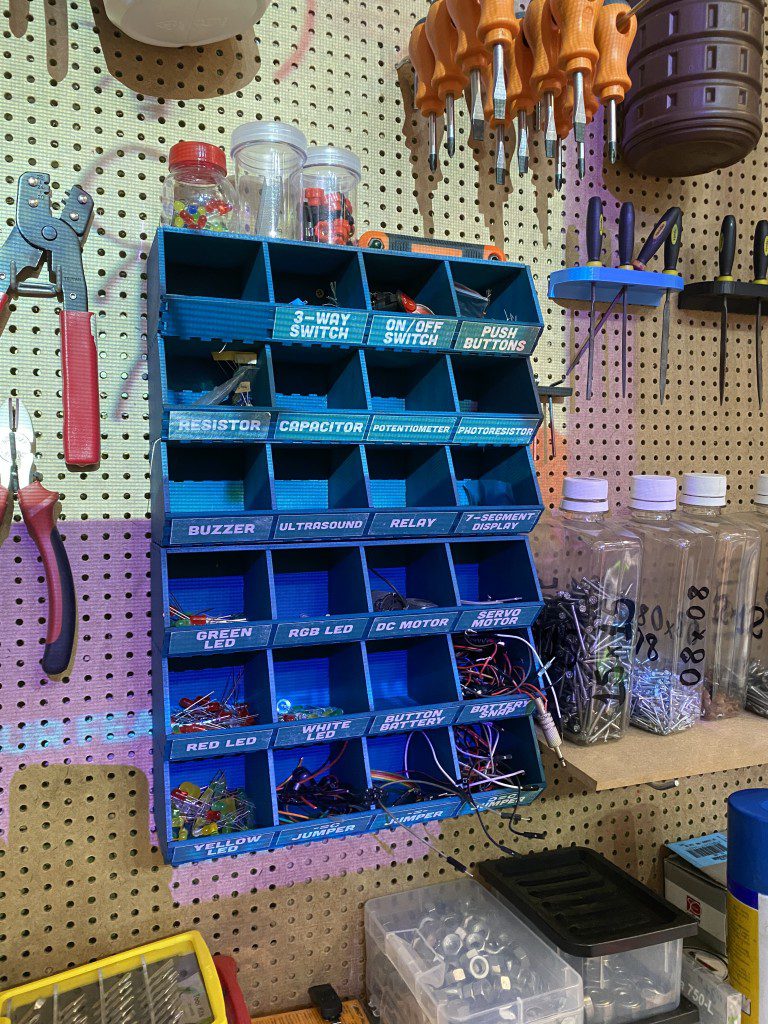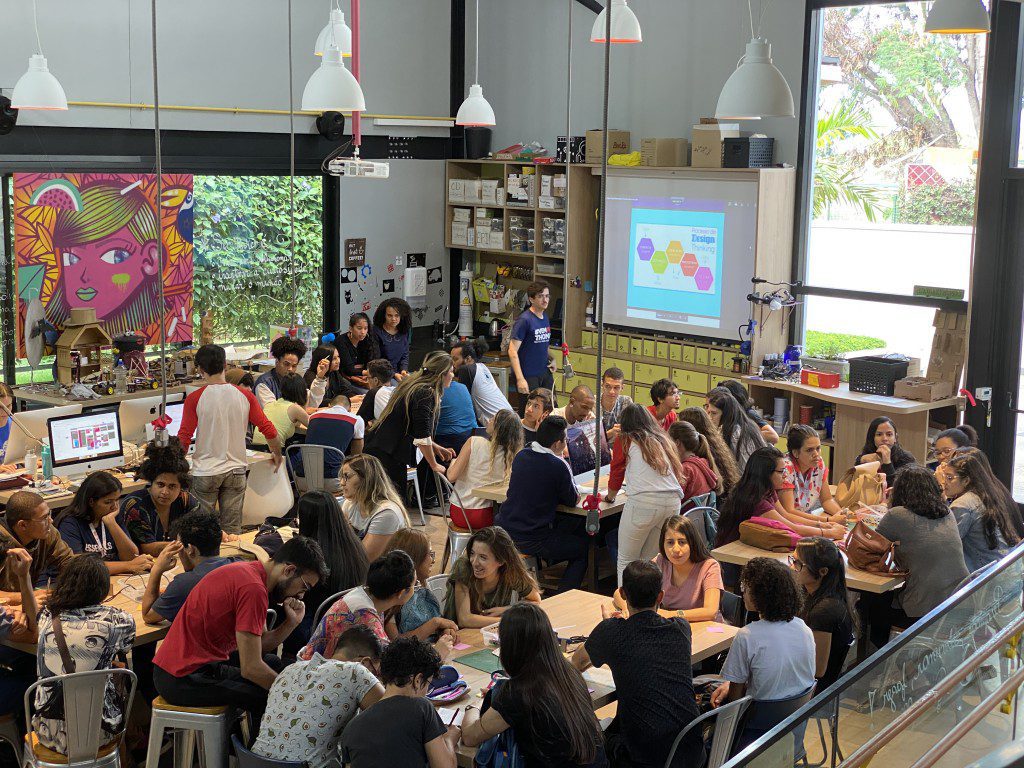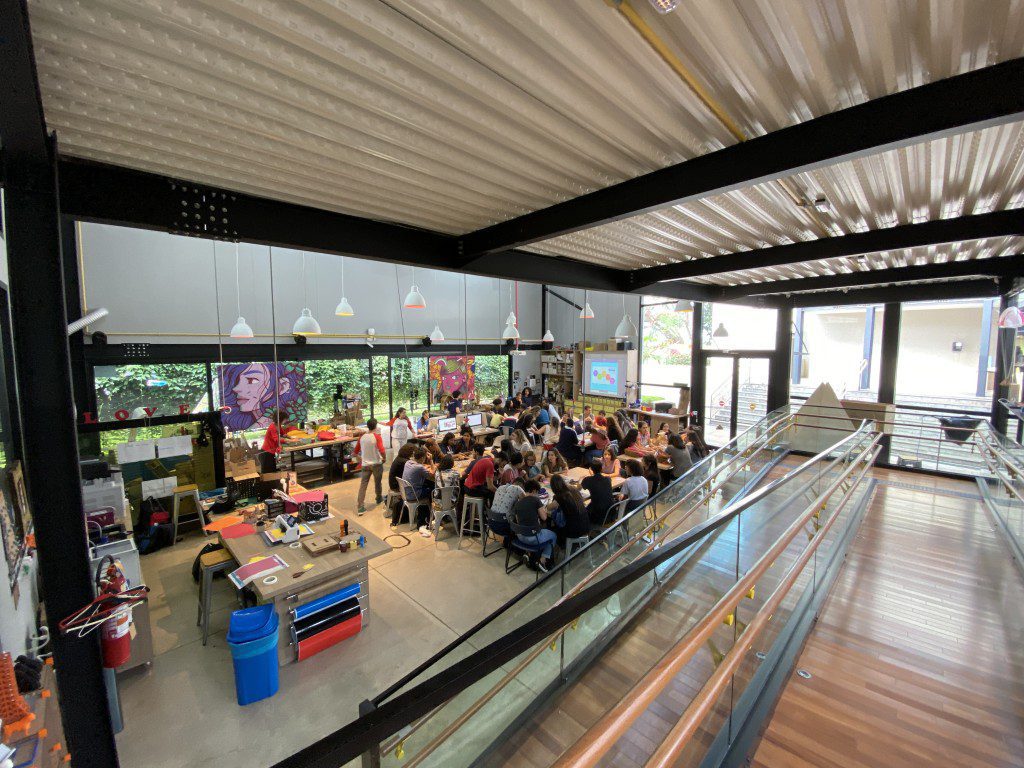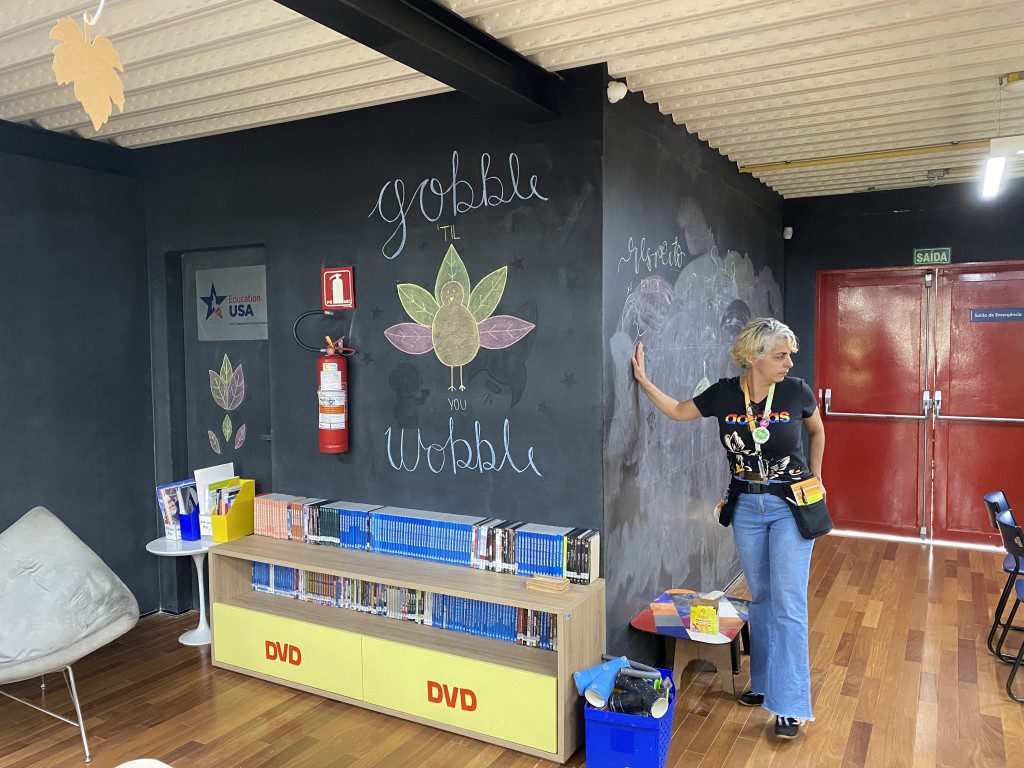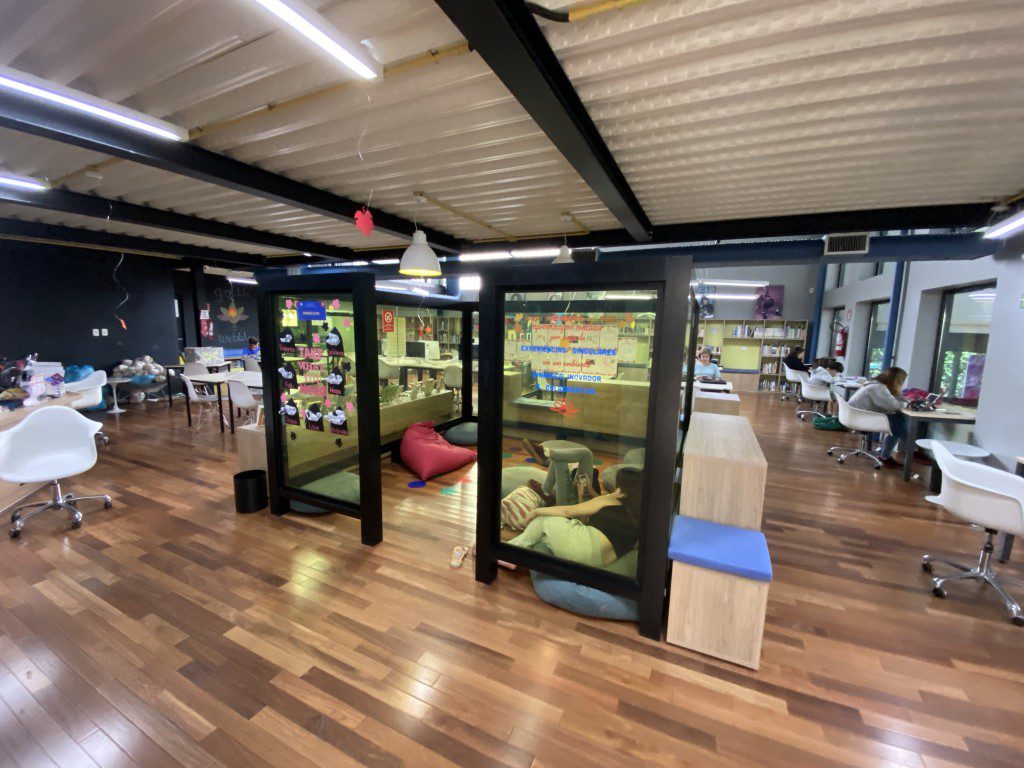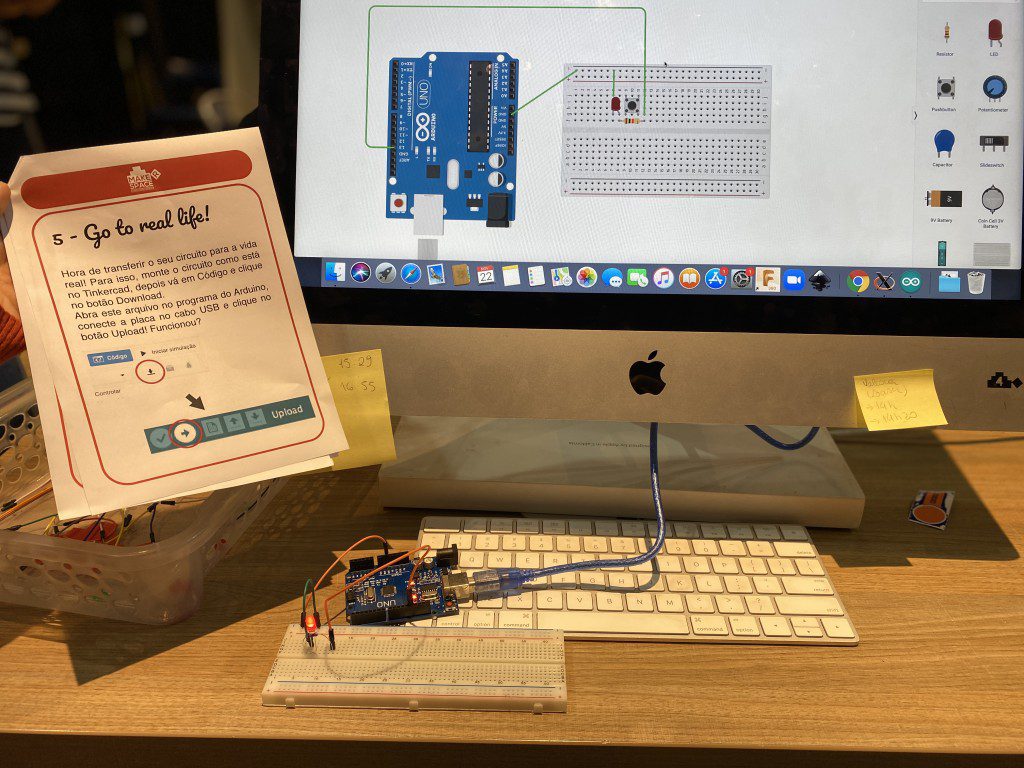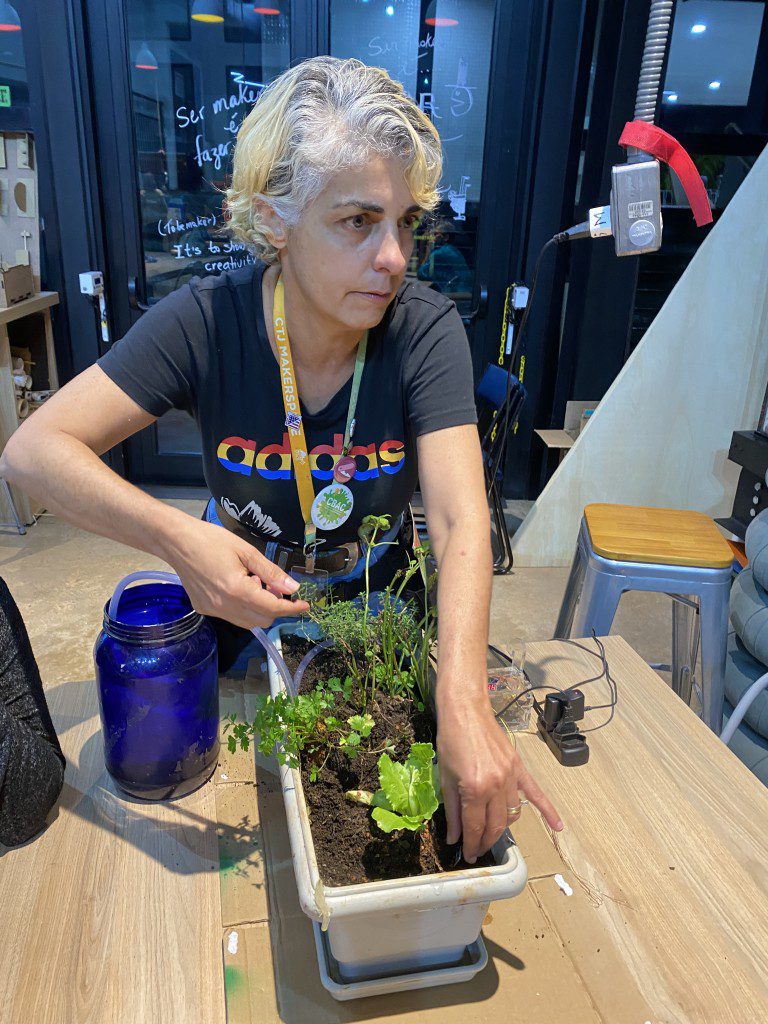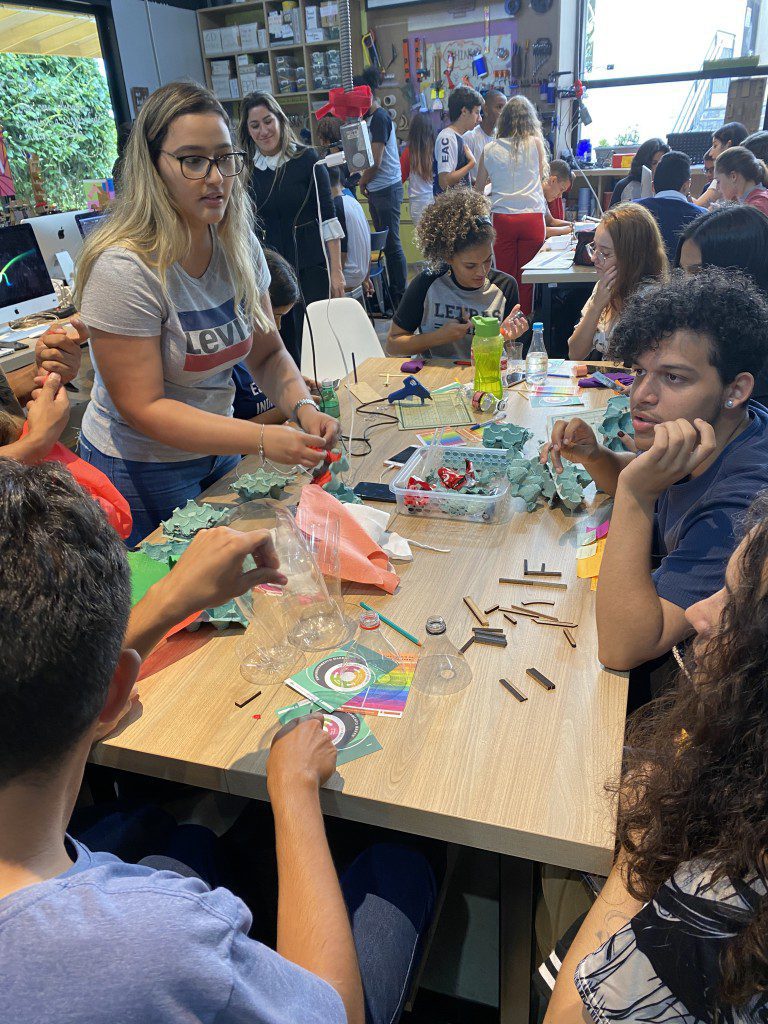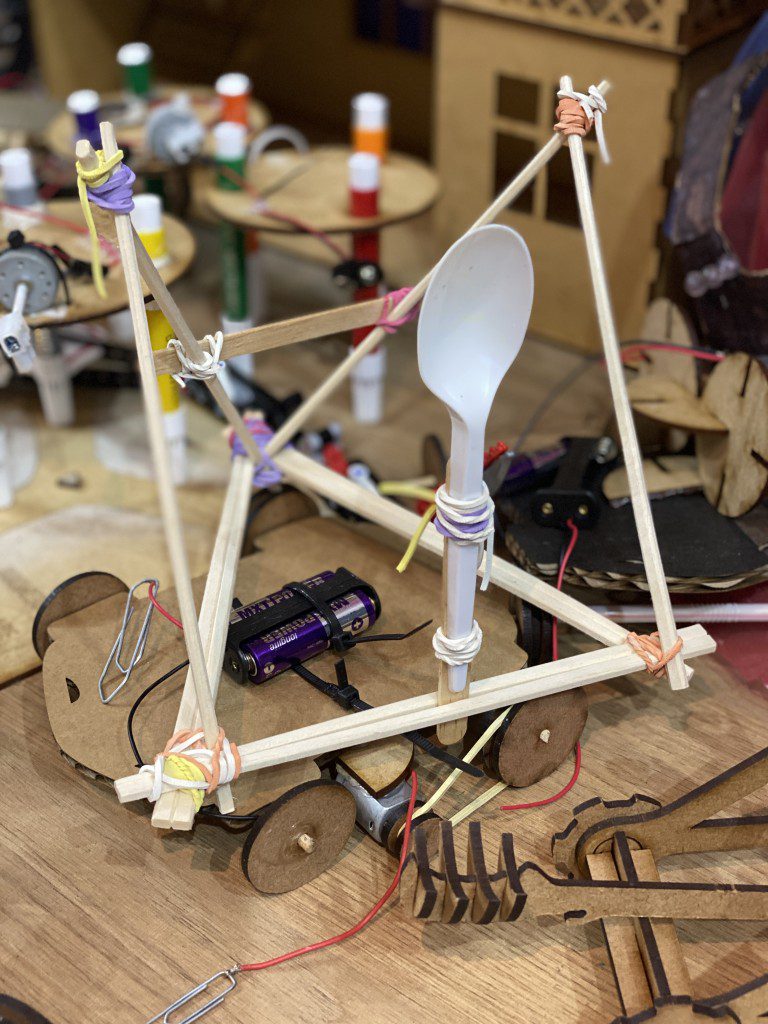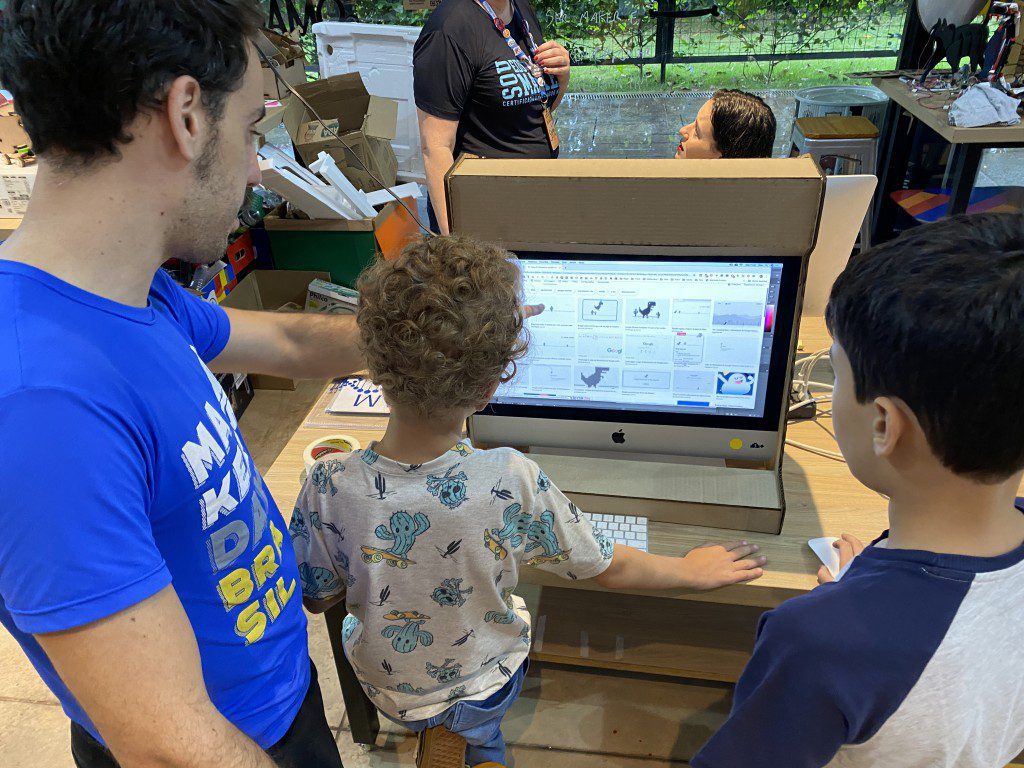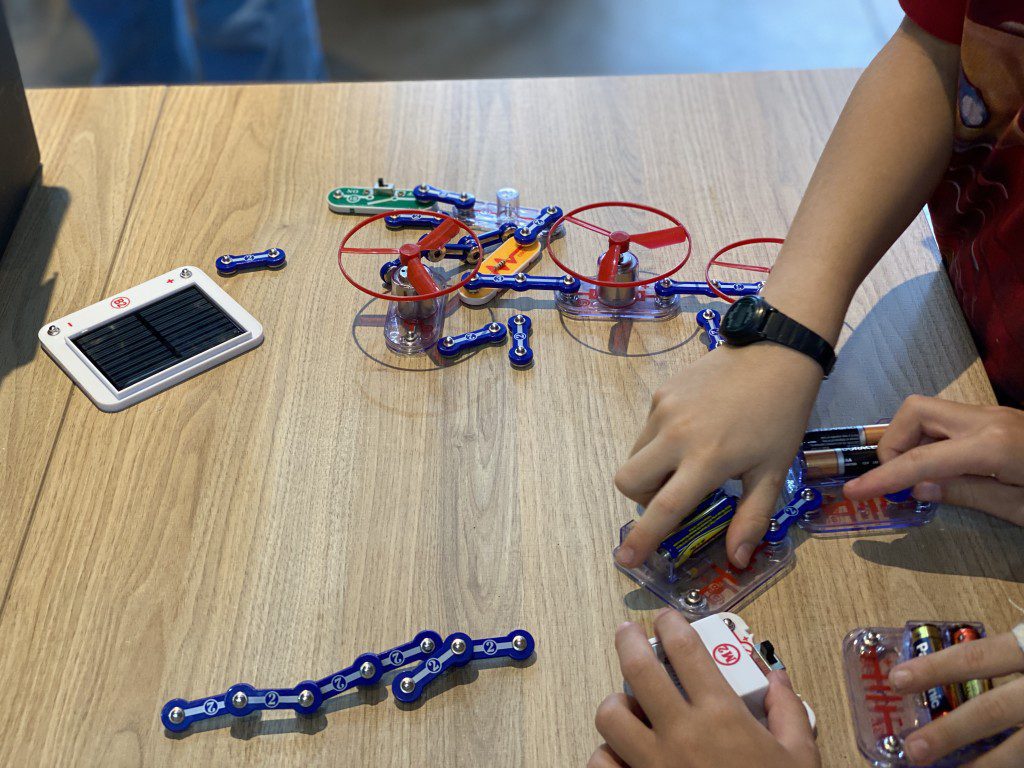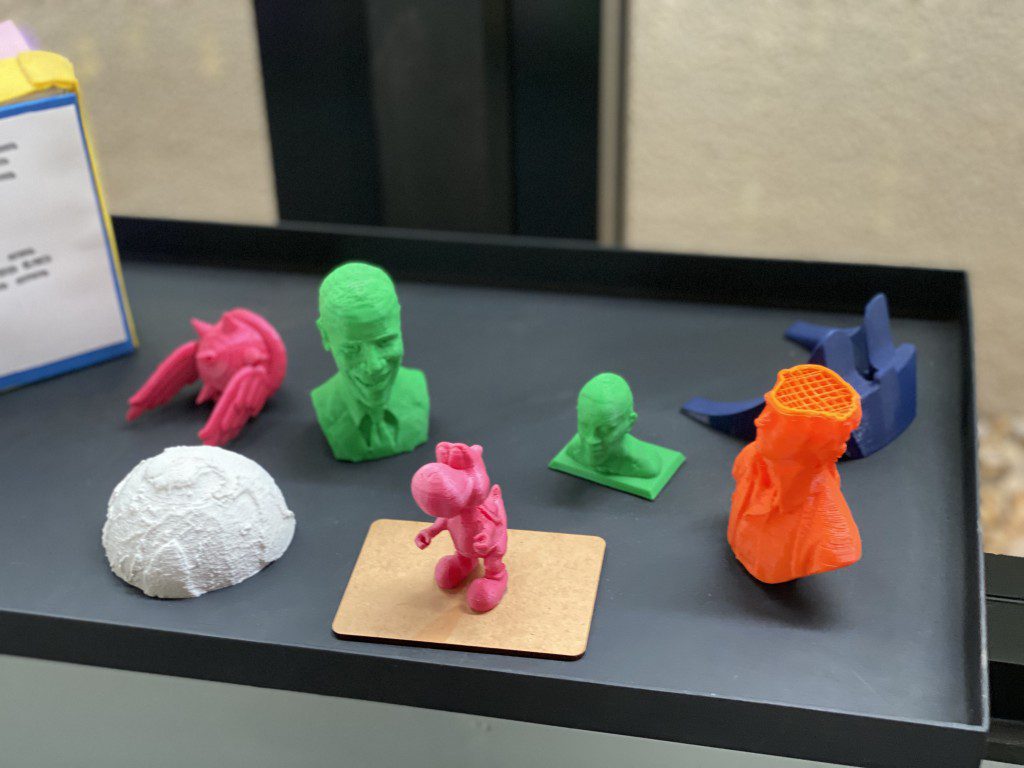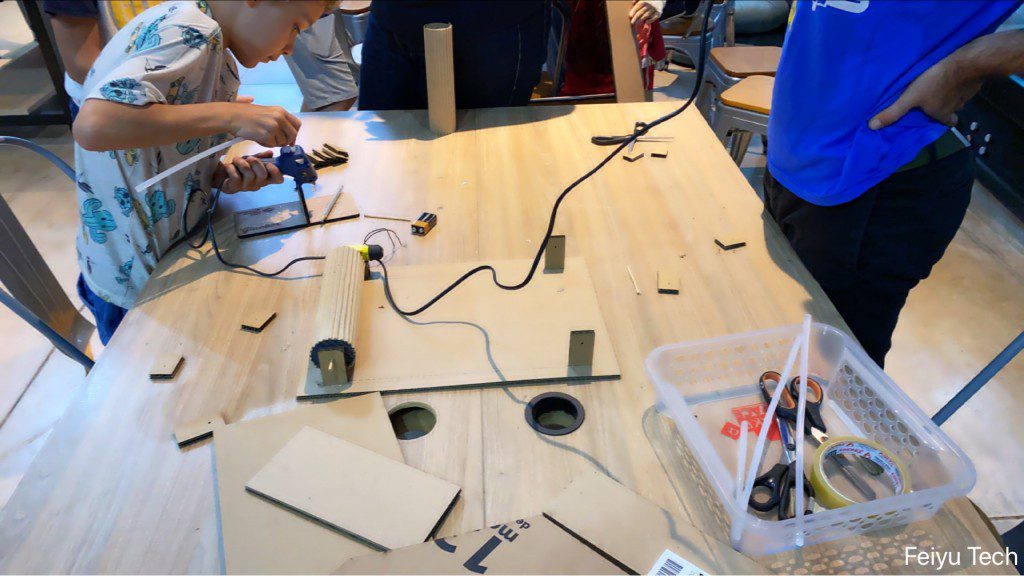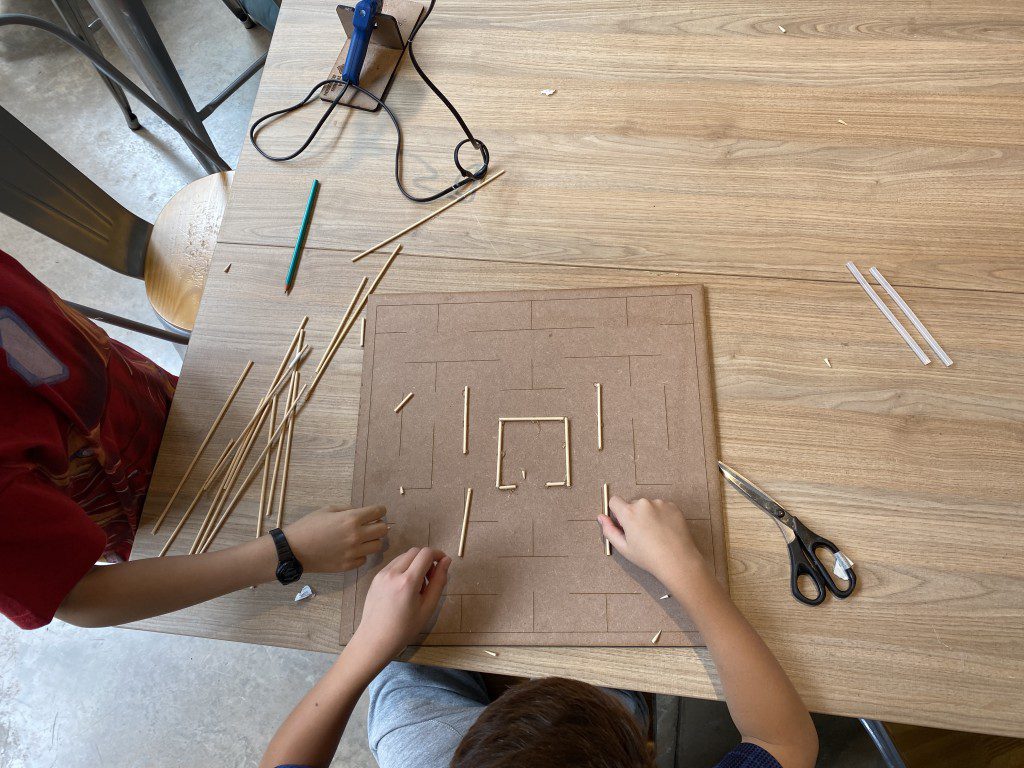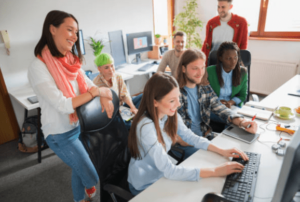Following an invitation from the Google trainer and former Coordinator of the Innovation & Technologies Department at CTJ, Carla Arena, I recently had the opportunity and privilege to visit the Casa Thomas Jefferson (CTJ) Makerspace in Brasília. Casa Thomas Jefferson is a not-for-profit English language school dedicated to promoting understanding between the people of Brazil and the United Sates through cultural and educational programmes. Founded in 1963, it is recognised by the U.S. Embassy with a Certificate of excellence in its field.
Spread across six campuses (Asa Sul, Asa Norte, Lago Sul, Sudoeste, Taguatinga, and Águas Claras), Casa Thomas Jefferson now provides educational opportunities for over 17,000 students. Among several of its initiatives, Casa Thomas Jefferson has a makerspace, which was inaugurated in 2016, to serve as a space where people can get involved with the ‘maker’ culture, collaborating on projects, sharing knowledge and materialising ideas into tangible creations. It is in fact the first makerspace at a bi-national centre in South America, so I was intrigued to find out more.
I was given a tour of the Asa Norte branch by Soraya Lacerda, the Makerspace Supervisor and Daniela Lyra, their Educational Technology Specialist. They showed me the various equipment used to support the students, such as sewing machines, printers, laser cutters and 3D printers. All of this enables the projects to become viable.
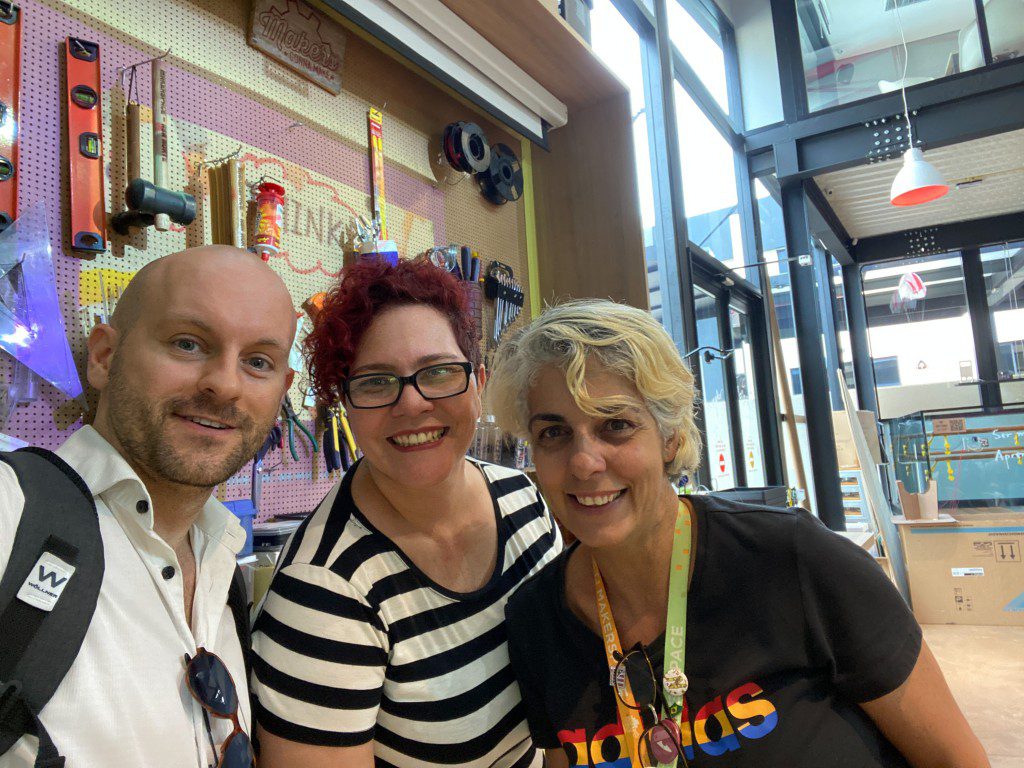
However, the space is much more than just its resources – as Soraya and Daniela explained, it is also a mindset, which underpins an innovative methodology. Their methodology is based on the work of ‘Maker-Centred Learning’ by the expert team from the Agency by Design initiative at Harvard Graduate School of Education’s Project Zero. This methodology has 10 general competencies for its vision of what a ‘Maker’ should be:
- Knowledge – to find opportunities to apply knowledge about the physical or digital world in order to create value for self and others.
- Scientific, critical and creative thought – to provide creative solutions through investigation, elaboration and testing of hypotheses, leading to prototypes and iteration.
- Cultural respect – to co-create things that are both artistic and cultural, drawing on critical thought, the spirit of collaboration, ethics and a proactive approach.
- Communication – to create analogue and digital content, which is relevant and significant for a real audience, utilising diverse means of communication, with a purpose to positively impact a group, community or our planet.
- Digital Culture – to observe how the digital world (software and hardware) works – mixing, playing, learning through hands-on construction or programming.
- Work & Life Projects – to learn and assume responsibility for one’s own projects and to persevere in the face of inevitable difficulties and frustrations.
- Augmentation – to augment the purpose and impact of one’s projects, based on facts and research.
- Self-knowledge & self-care – manage one’s own emotions and capacities such as collaboration, resilience and creativity, understanding that mistakes are part of the learning process.
- Empathy – to exercise sensitivity in one’s designs, using tools such as Design Thinking, to understand the needs and interests of the people.
- Responsibility & Citizenship – to see how the world can be made different, more ethical, fair, efficient and beautiful through working curiously, cooperatively and proactively to create things.
This ‘Maker-Centred Learning’ methodology clearly runs through everything that is happening in the Thomas Jefferson Makerspace, as their team have created a truly vibrant and inclusive learning environment, which is open to the wider community. A diverse range of events and activities are held at the CTJ Makerspace, to stimulate collaboration, innovation and entrepreneurship. For example, whilst there, I popped in on a Design Thinking class, attended a teacher training session on the use of Arduino and observed a Makerspace club for 8 to 12 year olds. In all of these activities, learning was taking place through opportunities to create, experiment and collaborate with others. I was also impressed with the versatility of this space, as it is used for children, adolescents and adults.
Soraya explained to me in more detail the aims of their makerspace, how they use this space on a day-to-day basis and advice for others who are building their own makerspace:
I have included photos below of the Makerspace, which show some of the activities and resources:
